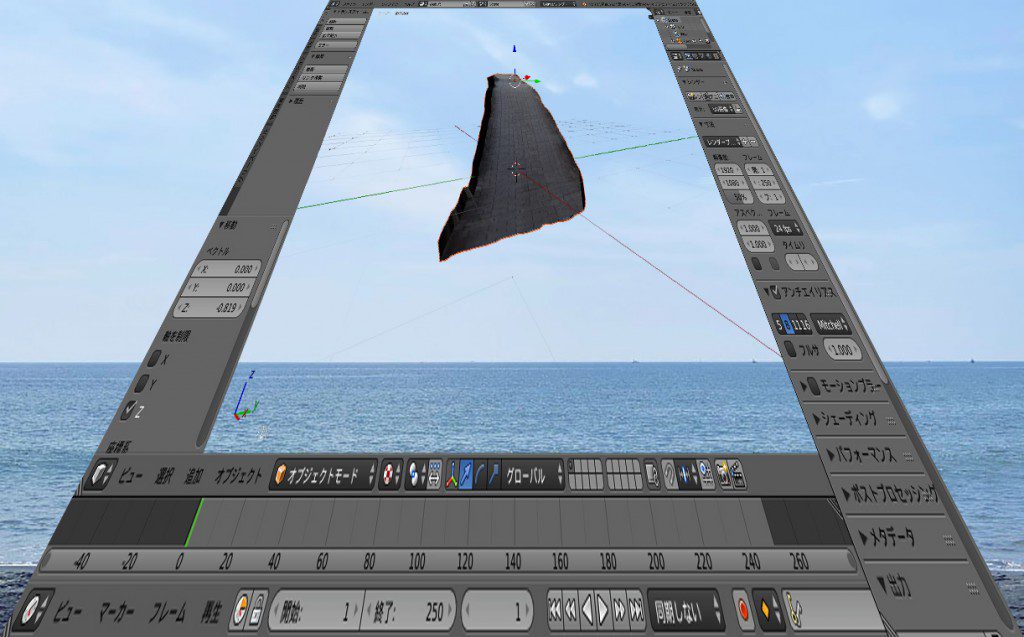

The most notable use is with an argument such as ' 1x1<'. The inverse to the previous flag is ' <', which will onlyĮnlarges images that are smaller than the given size, is rarely used. HTML web pages, so PHP scripts also may need some special handling. That character (using backslash ' \>' in shell, and The Only Shrink Flag (' >' flag) is a special character inīoth UNIX Shell and in Window batch scripts, and you will need to escape Thumbnail generation, when enlarging images generally may not desirable as it This option is often very important for saving disk space for images, or in

Magick terminal.gif -resize 64圆4\> shrink_terminal.gif Magick dragon_sm.gif -resize 64圆4\> shrink_dragon.gif Look better and the area left will be a perfect copy of the original.īecause it is often better not to resize images. Perhaps just a slight Shave of the edges, or a more general Crop of the image will produce a better and moreĭesirable outcome than a wholesale resize of the image. Unwanted 'artifacts' is of greatest importance. Resizing will cause drastic changes to an image, and avoiding or minimizing The foremost thing you should consider when specifying an image to resize is. Some of the more advanced options we'll look at later. That is, not to say you can't use it forĭiagrams, or line drawings, though for that type of image you may need to use The resize operator has been very carefully designed to try to produce a very Of course for most people, the normal default options is good enough as they Trying to find new and different ways of changing an images size. Posiblilties, styles, and techniques, and even resize experts are consantally The maximum scope of control in image resizing. IM has always tried to provide options to give you To what you actually want out of the resize process.īecause there is no 'best' or 'perfect' way, there are a lot of options that It can modify images in veryĭetremental ways, and there is no 'best way' as what is best is subjective as However resizing images can be a tricky matter. But while the actual image pixels and colorsĪre modified, the content represented by the image is essentially left The content of the image is then enlarged or more commonly The most obvious and common way to change the size of an image is to resize or Pixels per real world length), that is more a product of how the image isĮventually used, and not a true concern of Direct Image Processing. Note that while this is related to the resolution of an image (number of

Remains intact and whole, but individual points of color merged orĮxpanded to use up a smaller/larger canvas area. We look at enlarging and reducing images in various ways. Resampling by Nicolas Robidoux (separate section)


 0 kommentar(er)
0 kommentar(er)
